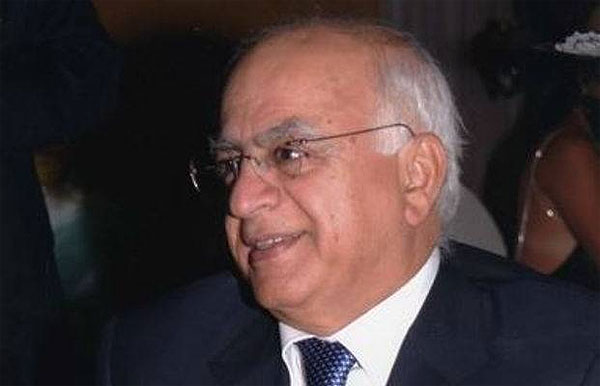25/09/2020
25/09/2020

I wrote a few days ago about the Getty Foundation’s decision to preserve the architectural heritage of the twentieth century, spending on maintenance of the huge metal plates of Kuwait Towers that cover its entire spherical structure, as they are one of the distinctive landmarks in the world.
Some have questioned, often sarcastically, why an American institution spent on the maintenance of a landmark belonging to a supposedly wealthy country? The answer is simple, as the Getty Foundation’s choice of an edifice that constitutes a global appreciation and great publicity for that country, it is keen to preserve the world heritage, and the choice has nothing to do with the poverty or wealth of the country, it is a cultural act, not material.
I also mentioned in the article that the towers were designed by the Danish architect, Malene Björn in 1968. The Secretary-General of the National Council for Culture, Arts, and Letters (NCCAL) Kamel Al-Abd Al-Jalil mentioned that the Getty Foundation chose the towers among the landmarks of 13 other countries out from the landmarks of 90 countries.
To be honest, the request for the grant was made at the time of the former Secretary-General, Ali Al-Youha, and Abdul Jalil picked the fruit, with full respect for his person.
Malene is also an architect, not a man, as I have already mentioned, for she chose the Kuwait Towers as a trio, overlooking the shores of Arabian Gulf. These towers were the most beautiful among a larger group of distinctive water towers that they designed for Kuwait, which were built in a distinctive style, and can be seen in some areas with their wonderful shapes, and most of them were built forty years ago, and the vision of the Kuwait Towers has become a tourist or artistic poster associated with Kuwait.
Eng. Malene Bjørn studied at the Danish School of Design and became world renowned with her wonderful engineering works, which included the interiors of the SAS aircraft, the interiors of the Swedish Embassy in New Delhi (1955-1956), and the decorations of the famous Wenner-Gren Center in Copenhagen, which dates back to 1960.
The late Amir Jaber Al-Ahmad was satisfied with the design of the Kuwait Towers and accepted it. I believe that this was during the time of the former Minister of Electricity and Water, the late Engineer Abdullah Al-Sharhan, when he was responsible for developing a new vision for water projects at the time, and he played a greater role in that, and in establishing the current water network.
e-mail: [email protected]
By Ahmad alsarraf


